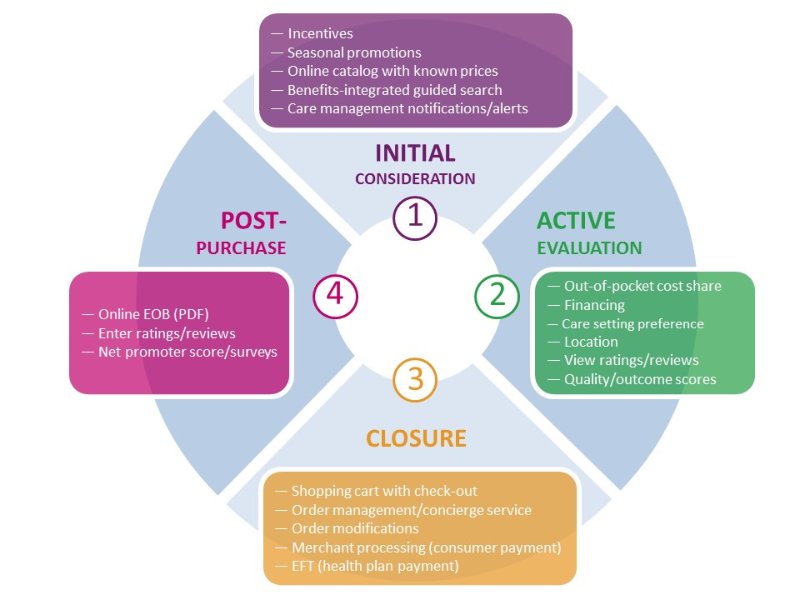Decision making is an art and a science which has been studied over generations. The secret of marketing lies in learning what the customer wants and how to influence the customers decision making process so that he buys our product above competition.
Behind a simple decision making process, there are many thought processes which influence the decision making. A buyer may take an emotional, spur of the moment decision, or he may take a well thought out and researched decision. Based on his observation, different processes can be defined for decision making.
Decision making mainly depends on the involvement of the customer. There are high involvement products and there are low involvement products. Similarly, there are consumer products and industrial products. Involvement in industrial products will generally be higher as compared to commercial products because the amount of investment in industrial products is also huge.
Based on the above arguments, there are mainly 3 types of decision making processes which can be defined.
I) Extensive decision making process
This type of decision making process is used when the product is a very high involvement product, possible a high investment product as well. Typical examples include buying a house for a consumer, or buying a new manufacturing plant in case of industries. In both cases, there are multiple people involved, and the decision making is extensive as the customer wants to get maximum benefits. There are also risks involved in such endeavours, hence extensive decision making is done.
II) Limited decision-making process
Buying a television or buying a car will be a limited decision making process. When you are buying such white goods, the investment is nominal and not very high. At the same time, you have some experience with the product as you regularly watch television and you regularly sit in cars.Thus, you do not spend as much time on buying these products. Nowaday, the limited decision making process is further helped with the presence of online media, where people know a lot about the product while sitting at home itself. The speed of the limited decision making is dependent on the customer experience and his knowledge about the product as well as the amount of time he has to make the decision.

III) Routine decision making process
Routine decision making happens in day to day life like buying a soap or shampoo. In this case, the customer is more likely to stick to a single brand for a long time. He is unlikely to switch to different brands because he wants to invest minimum time in routine decision making. There are a lot of things which influence the routine decision making process, like regular advertising by FMCG companies. This is because, the routine things are brought over and over again. And once the company gets such a customer, they are likely to reap long term profits from the same customer.
The above 3 are the different type of decision processes. Depending on the type of customer, and the amount of investment in the product,
the decision making process may vary from time to time.
Sources: Coffee Break, Marketing91, PHMC GPE LLC











